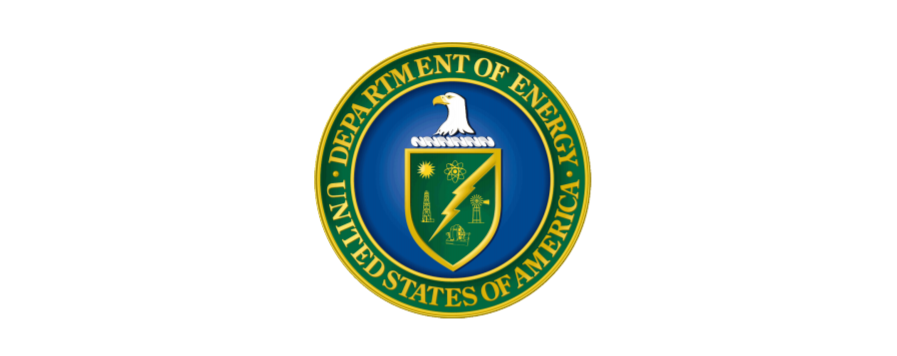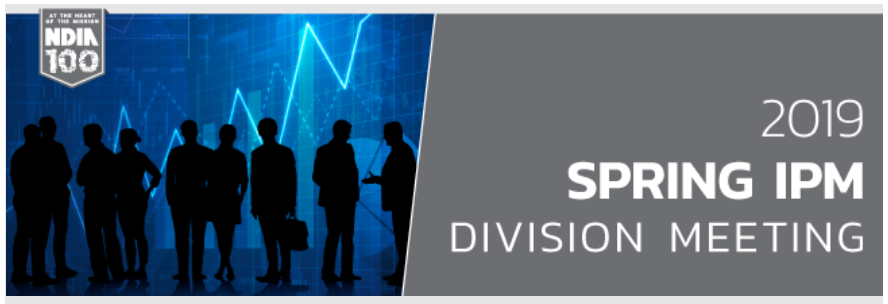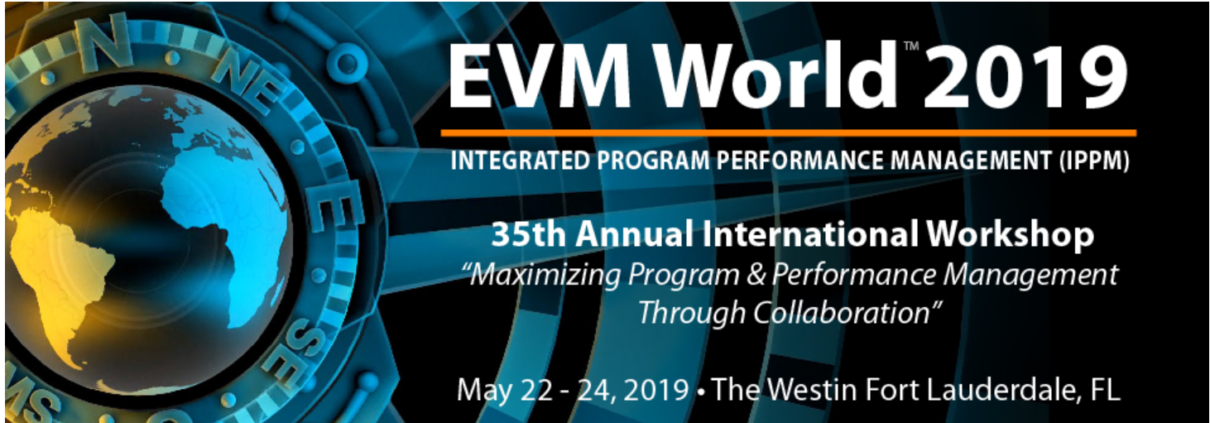The State of the EVMS Standard
Earned Value Management requirements in the federal space are typically imposed on contractors via either FAR 52.234-4 Earned Value Management System or, for defense contracts, DFARS 252.234-7002 Earned Value Management System (EVMS).
The two clauses are slightly different. The FAR directs contractors to use an EVM system compliant with the guidelines in the EIA-748 standard. The DFARS clause mandates the use of an EVMS compliant with ANSI/EIA-748. Why the difference, and does this mean that there are two different standards?
A Little History
- May 1998: The first American National Standards Institute (ANSI) Standard for Earned Value Management Systems approved through the Electronic Industries Alliance (EIA), an ANSI partner focused on standards for electronic components. The standard was drafted by the National Defense Industrial Association (NDIA) Program Management Systems Committee (PMSC) and released as ANSI/EIA-748-1998.
- 2007: EIA announced that it would be devolved into its constituent sectors, one of which was the Government Electronics and Information Technology Association (GEIA). With the dissolution of EIA the standards were to be managed by their respective sectors.
- 2008: GEIA merged with the Information Technology Association of America (ITAA), and the new organization changed its name to TechAmerica in 2009.
- 2013: TechAmerica sold their standards program to the Society of Automotive Engineers (SAE) International. It was at this time that ANSI dropped the EIA-748 standard.
Throughout this history, NDIA has continued to be the author and steward of the 748 standard.
Today the EIA-748 standard is maintained by the SAE G-47 Systems Engineering Committee and was most recently revised on January 8, 2019 to EIA748D. The rationale for the change includes the following note:
“NDIA Integrated Program Management Division (IPMD) is the author of and the steward for the EIA 748 Standard for Earned Value Management Systems.
IPMD has a large active base of EVM system users and maintains ongoing contacts with the US Department of Defense and other federal agencies regarding the implementation and use of EVMS. More information can be found at https://www.ndia.org/divisions/ipmd.
Is There an ANSI Standard?
Currently, ANSI has no definitive standard for EVM. It does, however, have PMI FS-PMBOK-2017 A Guide to the Project Management Body of Knowledge (PMBOK Guide), which includes ANSI/PMI 99-001-2017 The Standard for Project Management.
The Project Management Institute (PM) has also published a PMI PSF-EVM-2011 Practice Standard for Earned Value Management – Second Edition. This practice standard is not an ANSI standard. As stated in the preface it is designed “…to expand upon the concept of EVM as presented in the PMBOK Guide in a way that allows for easy understanding and implementation.&rdquo
The Project Management Institute (PM) is an ANSI accredited Standards Developing Organization in the area of project management. PMI is currently in the process of developing a Standard for Earned Value Management, which when approved would become a new ANSI Standard.
What About ISO?
Funny you should ask! The International Organization for Standardization (ISO) recently published ISO 21508:2018 Earned value management in project and programme management.
The ISO standard describes 11 process steps required to implement EVM and is designed to complement ISO 21500: Guidance on project management and ISO 21503, Project, programme and portfolio management — Guidance on programme management.
Where Does That Leave Us?
There are two active EVMS standards today which could be relevant to practitioners in the United States: EIA748D, and ISO 21508:2018.
- EIA-748 is maintained by the NDIA IPMD on behalf of the Society of Automotive Engineers, and this standard is the one that is referred to by both the FAR and the DFARS.
- ISO 21508:2018 is maintained by ISO Technical Committee 258. Interestingly, the Secretariat of ISO/TC 258 is currently chaired by ANSI, representing the United States.
ANSI, through PMI, is in the process of developing a new Standard for Earned Value Management. The public comment period for this Standard should open during 2019.










14th annual EVM Practitioners’ Forum
/in Events, EVMSThe 14th annual EVM Practitioners’ Forum in partnership with Federal Publications Seminars will be held on October 30-31 at the Ronald Reagan Building and International Trade Center in Washington DC. Details and registration information are now available.